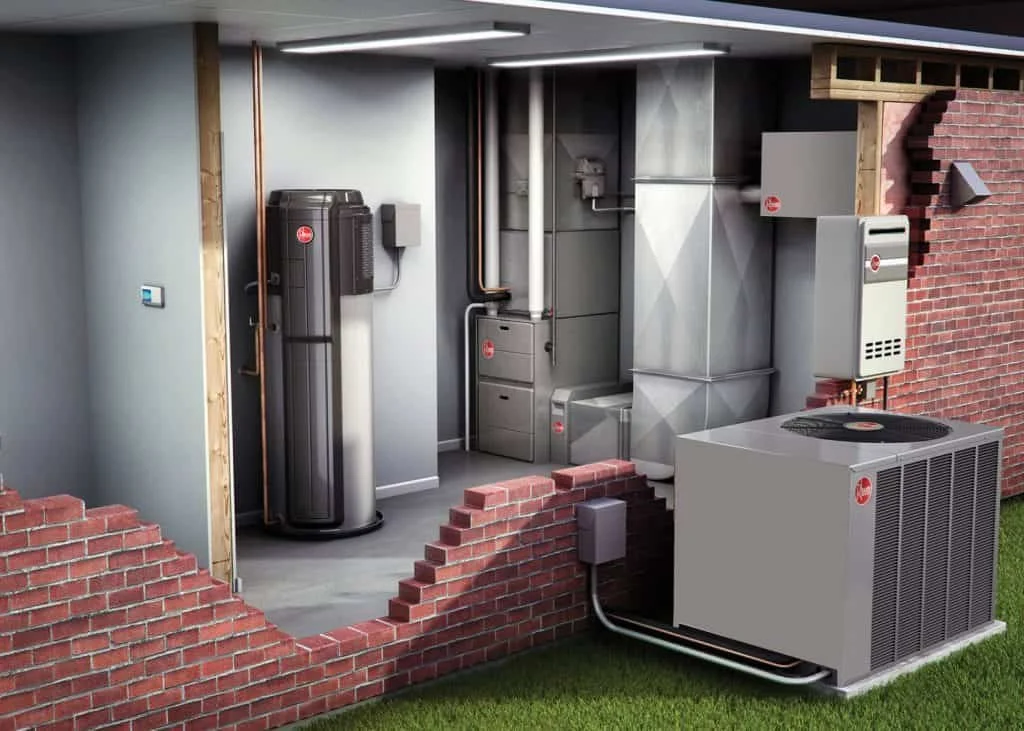A Comprehensive Look: Understanding the Four Fundamental Categories of HVAC Systems
In the world of home and commercial comfort, the realm of HVAC (Heating, Ventilation, and Air Conditioning) systems presents a diverse range of options tailored to various needs and spaces. Whether you're renovating an existing property, constructing a new home, or simply intrigued by the mechanics behind these systems, grasping the essentials can be incredibly enlightening. Let's delve into the four primary categories of HVAC systems:
Split Systems for Heating and Cooling:
Envision the conventional setup prevalent in numerous households and small-scale enterprises: an indoor unit comprising the evaporator coil and blower, complemented by an outdoor unit housing the condenser coil and compressor. These systems collaborate seamlessly to provide both warmth in winter and cooling relief during hotter seasons, rendering them versatile and widely embraced.
Packaged Systems for Heating and Air Conditioning:
When space constraints are a concern or traditional HVAC configurations aren't feasible, packaged systems step in to save the day. All necessary components, encompassing heating and cooling elements, are consolidated into a solitary unit typically installed outdoors or atop the building. Frequently found in commercial establishments, mobile homes, or areas with limited space, these systems offer efficient heating and cooling solutions.
Duct-Free Mini-Split Systems:
Imagine a setup that delivers precise temperature regulation sans the requirement for extensive ductwork. Enter duct-free mini-split systems. These configurations comprise an outdoor unit linked to one or more indoor air-handling units via refrigerant lines. They prove invaluable in scenarios where duct installation proves impractical or impossible, furnishing energy-efficient heating and cooling tailored to individual zones or rooms.
Hybrid Heat Pump Systems:
Blending the efficiency of a heat pump with the dependability of a furnace, hybrid systems represent a smart solution for maintaining indoor comfort. These systems seamlessly alternate between heating sources based on outdoor temperatures and system settings. This adaptability optimizes energy utilization and ensures consistent comfort levels, particularly in regions boasting moderate climates.
Conclusion
Understanding these fundamental categories of HVAC systems empowers homeowners and business proprietors to make informed decisions regarding their heating and cooling requirements. Factors such as spatial constraints, energy efficiency objectives, and financial considerations all influence the selection of the most suitable system for a particular environment.
Whether you're embarking on a construction project, contemplating an upgrade to your existing HVAC setup, or simply intrigued by the technology underpinning our year-round comfort, exploring the intricacies of HVAC systems can be both enlightening and empowering. Should you require assistance in identifying the optimal system for your needs, consulting with a seasoned HVAC professional can provide invaluable guidance tailored to your specific circumstances and preferences.

